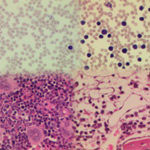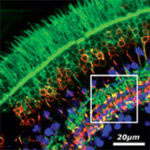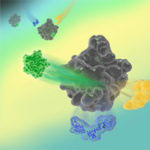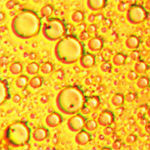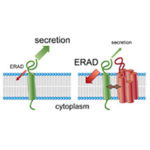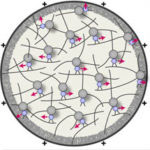
Melina Schuh, in the LMB’s Cell Biology Division, has uncovered for the first time a new transport system for long-range transport of vesicles in animal cells. This discovery could re-write the textbooks on the subject.
Intracellular transport is vital for the function, survival and architecture of every cell. The contents of our body’s cells are constantly on the move.
